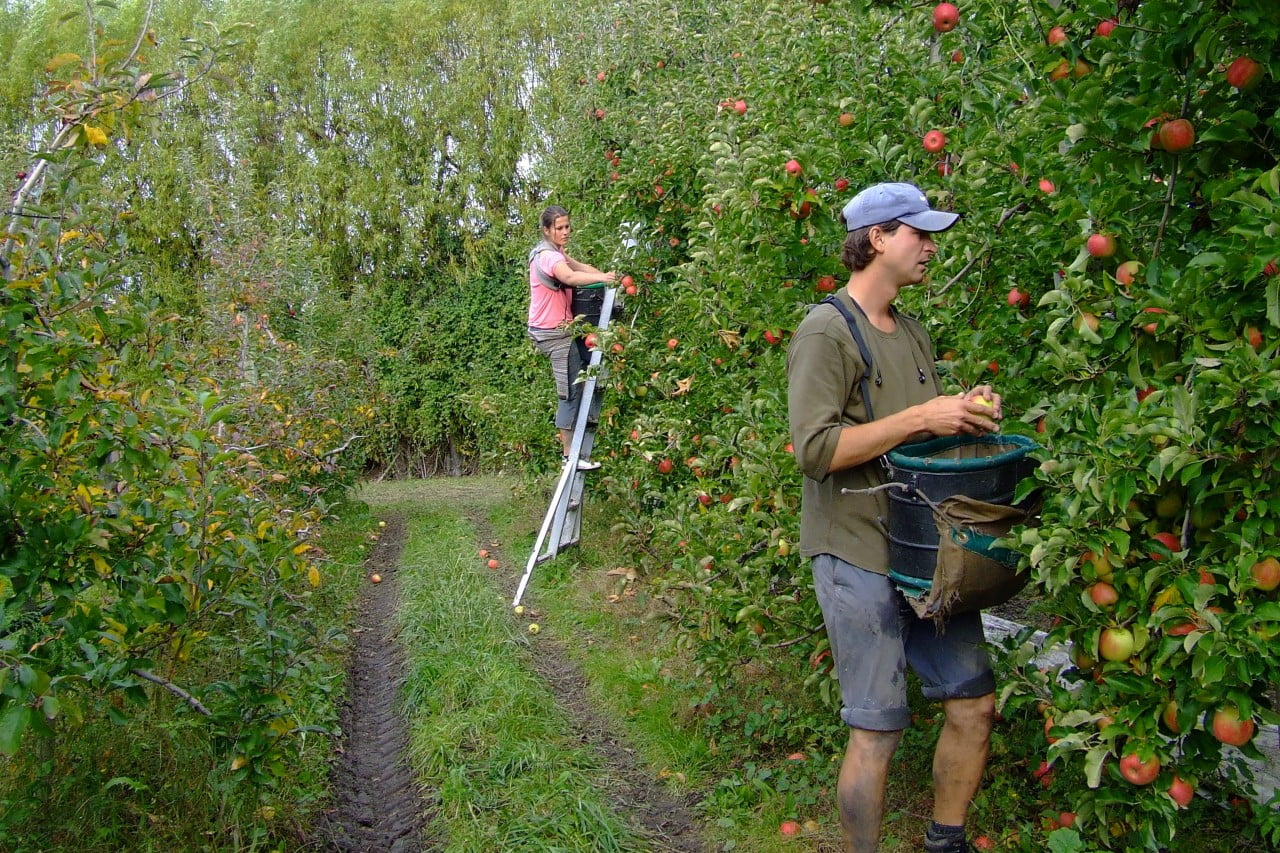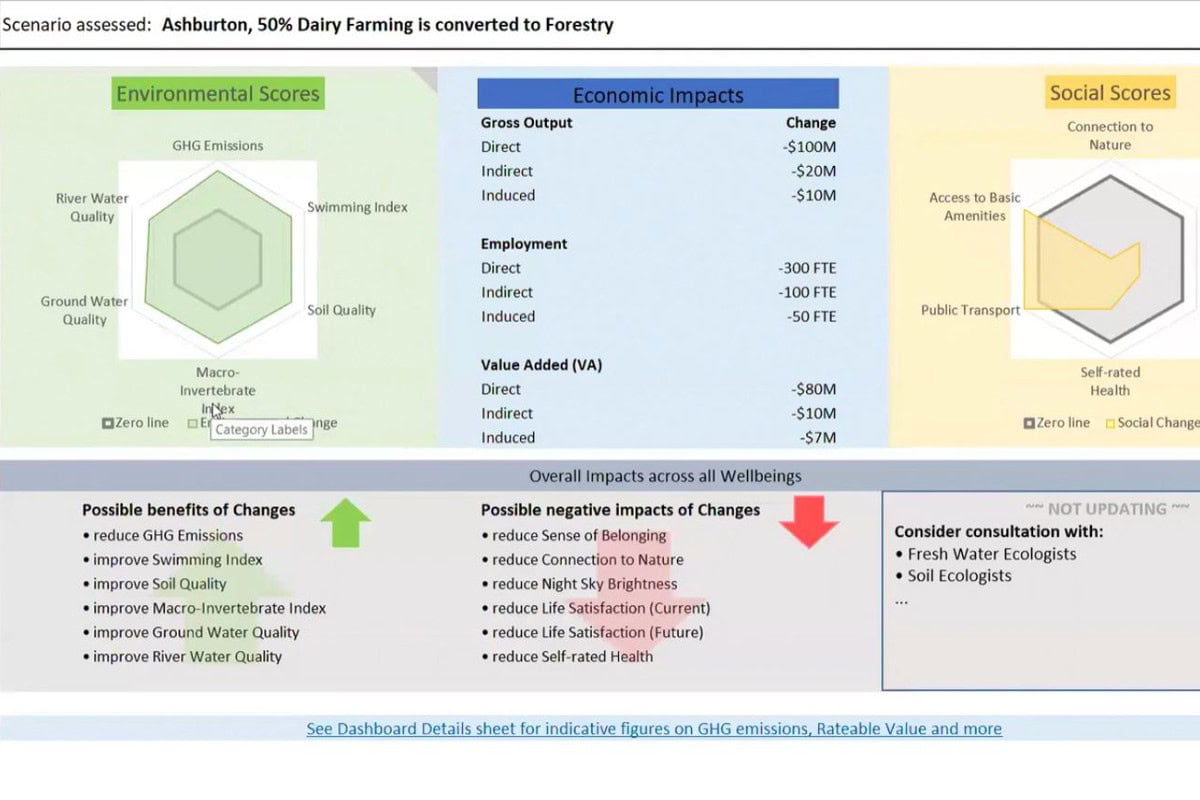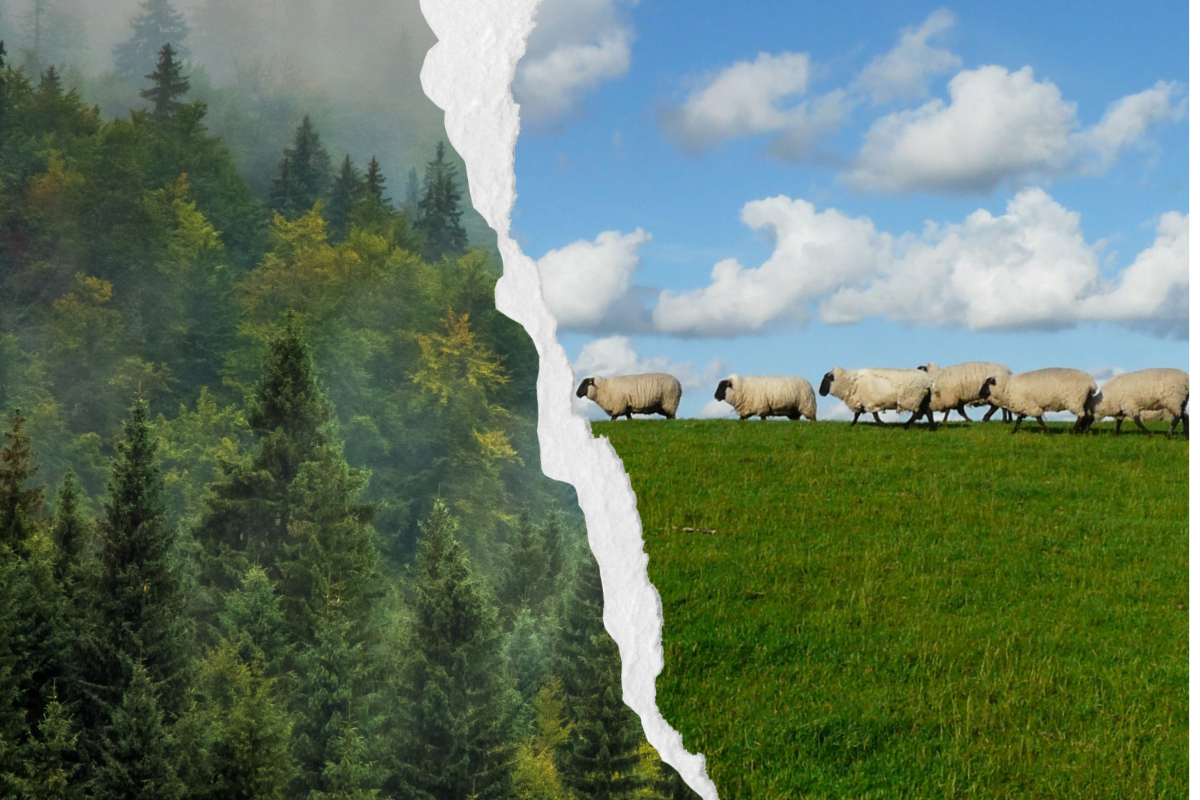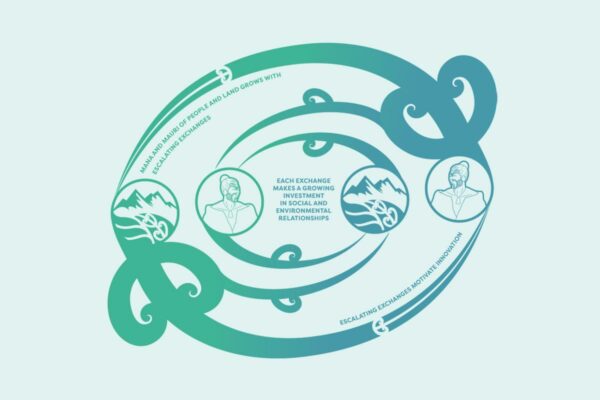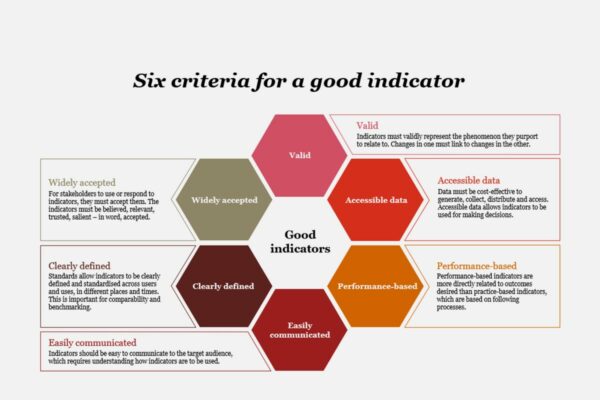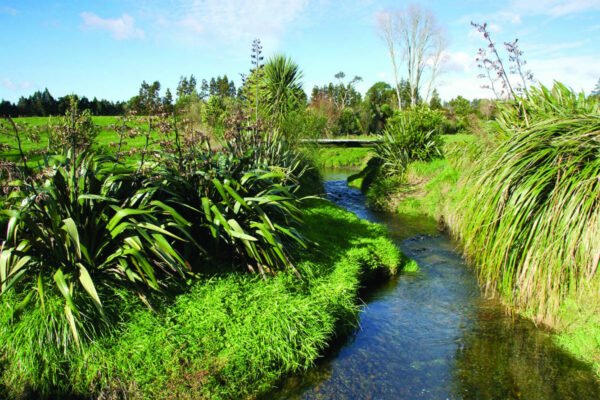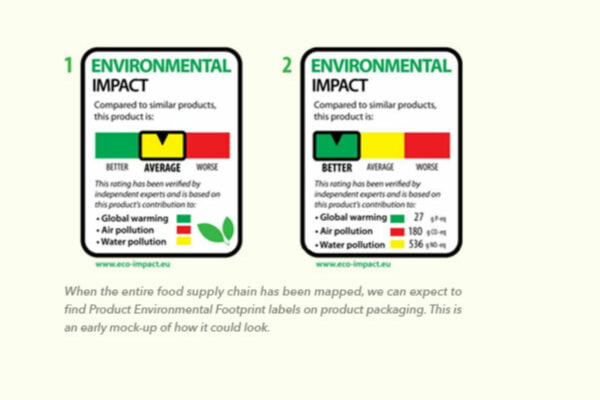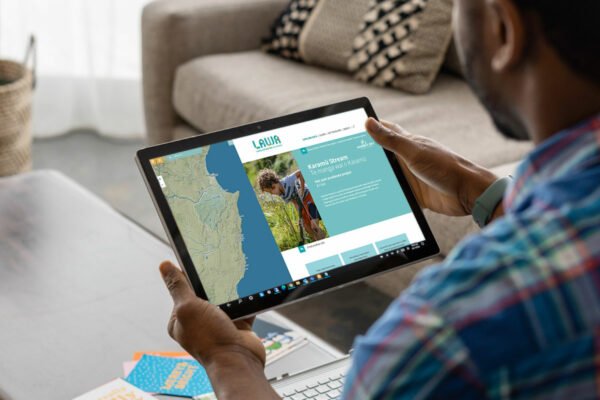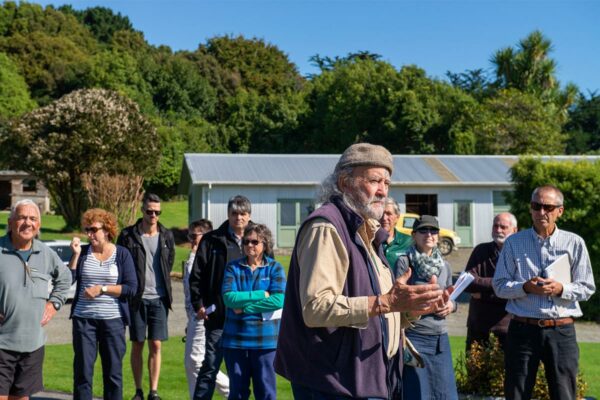Appropriate Use of Taonga Species
Exploring cultural licence to use indigenous organisms in high-value product development, to support emerging land-use opportunities for collectively owned Māori land
Project Details Ngā taipitopito
Collaborators Ngā haumi
Wakatū Incorporation
What are we doing?E aha ana mātou?
More than 60% of freehold Māori land is covered by forest or shrub, with much in its indigenous state. Global demand for ‘functional ingredients’ provides opportunities for Māori landowners to develop high-value products that utilise the bioactive properties of indigenous species and associated mātauranga.
This project aims to support Māori landowners to explore what tikanga-led good practice, cultural licence, and appropriate sharing of collective benefits across the value chain looks like when developing products containing indigenous species.
A key aspect of this work will be to test the development of a collective mechanism that will enhance Māori land stewards’ ability to engage in robust negotiations about access, utilisation and benefit-sharing, further unlocking the potential of Māori land. An easy-to-understand video and infographic will help others around the motu understand the process.
How can the research be used? Ka pēhea e whai take ai te rangahau?
- The project will empower Māori to use, enhance and protect the indigenous species on their whenua in a manner that is underpinned by tikanga, aligning with the insights of the 2011 Waitangi Tribunal Wai 262 report, Ko Aotearoa Tēnei.
- Members of Wakatū Incorporation will test the development of a community protocol designed to strengthen the ability of hapū and landowners to engage in robust access, utilisation and benefit-sharing (ABS) negotiations.
- This research will support hapū members to have a good understanding of ABS through an accredited e-learning course, and to record an agreed set of collective values and expectations around the appropriate use of taonga species. This will empower them in sharing the collective community values and ABS aspirations of their group.
- Researchers will collate key information regarding appropriate practice and benefit-sharing approaches in the use of indigenous organisms. A presentation slide pack will be developed, accompanied by an easy-to-understand video and infographic explaining the process.
- Resources generated from this mahi will allow learnings to be shared with Māori organisations across the country that have an interest in self-determined models of land use that utilise indigenous flora and fauna, or promote regeneration of indigenous species.
- People interested in this project may also be interested in the Wai 262 resources produced by the Rauika Māngai.
 View Our Strategy Document 2019 – 2024
View Our Strategy Document 2019 – 2024



